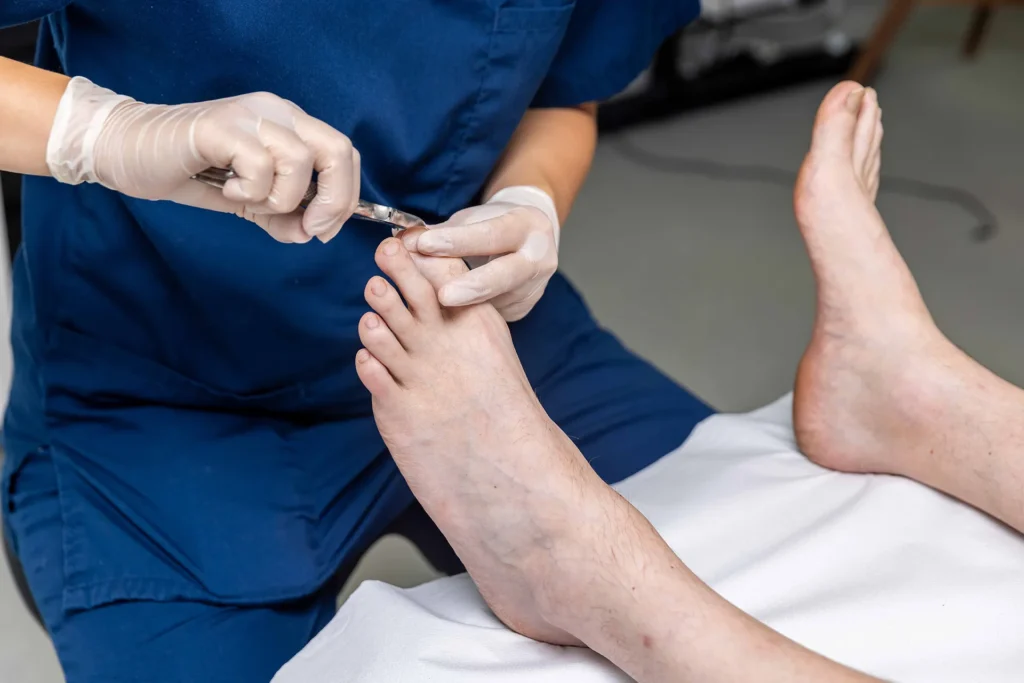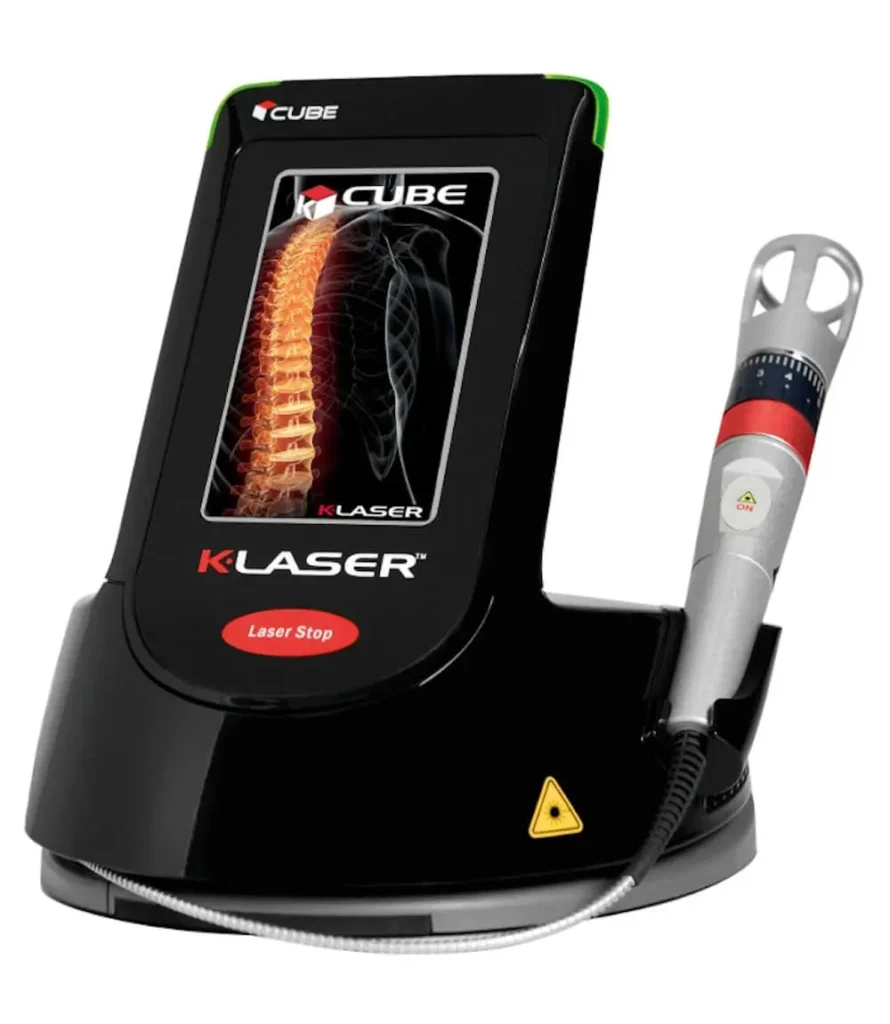Why K-Laser Therapy is a Game-Changer
Fungal nail infections—clinically known as onychomycosis—are more than just a cosmetic nuisance. These stubborn infections can cause thickened, discoloured, brittle nails that are difficult to treat and can seriously impact a person’s confidence and quality of life.
Traditionally, treatment options have included topical antifungal creams or lacquers, and oral antifungal medications. While these methods can work, they often fall short due to long treatment times, limited effectiveness, or unwanted side effects. Fortunately, there’s now a modern, safe, and highly effective alternative: K-Laser therapy.
Understanding Fungal Nail Infections
Fungal nail infections are caused by fungi that thrive in warm, moist environments—think sweaty socks, damp shoes, and public locker rooms. The infection often starts as a small white or yellow spot under the tip of the nail and can spread, leading to nail thickening, crumbling, and separation from the nail bed.
These infections can be especially persistent because the nail acts as a protective barrier, making it difficult for topical treatments to penetrate and reach the fungus.

Traditional Treatments: The Limitations
- Topical Antifungals: While safe, they require daily application for months, and success rates are often low—especially in more advanced infections.
- Oral Medications: These can be more effective but come with potential side effects, including liver toxicity, drug interactions, and the need for blood monitoring. Not everyone is a good candidate for oral antifungals.
Enter K-Laser Therapy: Advanced, Non-Invasive Treatment
K-Laser therapy offers a cutting-edge solution using focused laser light to target and destroy the fungal pathogens beneath the nail—without harming surrounding tissue.
Key Benefits of K-Laser Therapy:
- Highly Effective: Clinical studies show significant clearance rates, especially when combined with proper foot hygiene and nail care.
- Pain-Free & Non-Invasive: Treatment is quick (often under 30 minutes), with no need for anesthesia or recovery time.
- No Side Effects: Unlike oral antifungals, K-Laser doesn’t impact your liver or interact with medications.
- Faster Results: While nail growth still takes time, many patients see cosmetic improvement within a few months.
- Safe for Most Patients: Ideal for individuals who can’t take oral medications or haven’t had success with topical treatments.

Combination Therapy May Work Best:
- Several studies suggest that laser therapy is most effective when used in combination with debridement (thinning of the nail) and topical antifungals, especially in more severe cases.
The evidence
A systematic review compared laser therapy to traditional treatments like terbinafine and itraconazole. It found that laser therapy had higher mycological cure rates than terbinafine (OR=3.19; 95% CI: 1.39–7.29) and other drugs. However, laser treatments were associated with higher rates of adverse events, such as pain and burning sensations.
What to Expect During Treatment
The procedure is straightforward: the laser emits focused infrared light, which penetrates the nail and kills fungal spores. Most patients need between 4–6 sessions, spaced about a week apart. It’s painless—often described as a mild warming sensation.
Final Thoughts
If you’ve been battling a stubborn fungal nail infection, K-Laser therapy could be the breakthrough you’ve been waiting for. It’s fast, safe, and clinically proven—without the drawbacks of traditional treatments. Speak with your podiatrist today to find out if you’re a candidate and take the first step toward healthier, clearer nails.